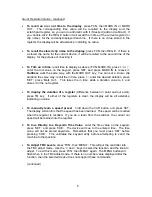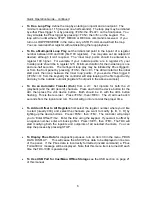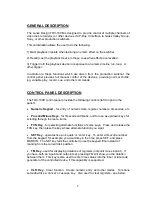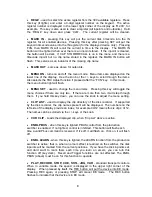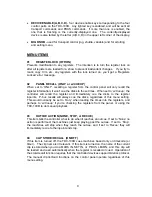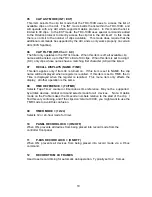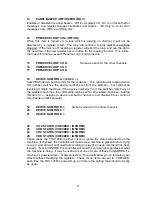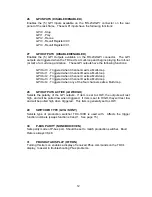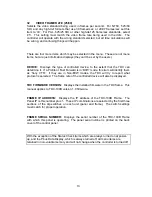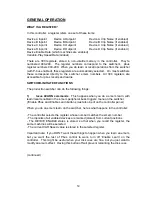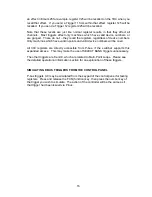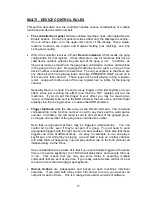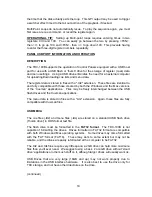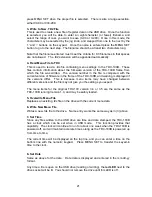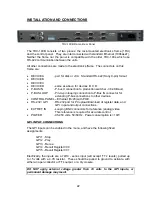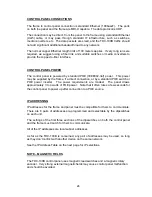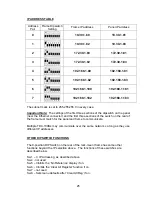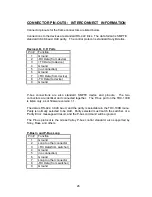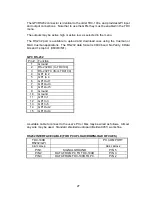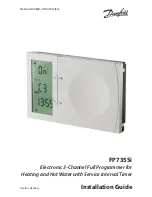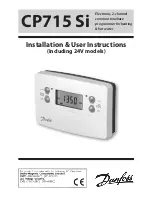
19
the time that the disk actually exits the loop. This GPI output may be used to trigger
a switcher effect timed to the tail out portion of the playback, if desired.
Multi-Point Loops do not automatically recue. To play the sequence again, you must
first issue a recue command, or recall the register again.
OPERATIONAL TIP:
Setting up Multi-point loops requires entering times in two
registers, 0XX and 1XX. You can easily go between the two by pressing <FCN>,
then <+> to go up 100, and <FCN>, then <-> to go down 100. This prevents having
to enter the three-digit register numbers repeatedly.
PANEL USB PORT INFORMATION AND OPERATION
DESCRIPTION
The TDC-100B supports the operation of Control Panels equipped with a USB host
port for use with a USB flash or 'thumb' drive for the storage of register (cues) data
and menu settings. Using a USB drive eliminates the need for an external computer
for uploading/downloading cue lists and menu data.
The register data is stored in files with a ".td2" extension. These files are identical to
and fully compatible with those created by both the Windows and the Mac versions
of the 'Cueman' applications. Files may be freely interchanged between the USB
flash drives and the Cueman applications.
The menu data is stored in files with a ".tds" extension. Again, these files are fully
compatible with Cueman files.
USB MEDIA
The cue files (.td2) and menu files (.tds) are stored on a standard USB flash drive
('thumb drive') in DOS format text file.
The flash drive must be formatted in the
FAT32 format
. The TDC-100B is not
capable of formatting the drives. Drives formatted in FAT32 format are compatible
with both Windows and Mac operating systems. Some drives may come formatted
with the 'FAT' format (FAT16). These may work to some extent but may not be
reliable, and the drives are easily reformated with a computer to be FAT32.
The .td2 and .tds files require very little space; a 2GB drive can hold more cue/menu
files than you'll ever need. We suggest using a basic 2 or 4GB drive without 'smart
drive' applications or other such stuff on it, although larger drives will usually work ok.
USB Drives that are very large (16GB and up) may not work properly due to
limitations in the USB interface hardware. It is also best to use the drive only for
TDC storage, and not have other directories on the drive.
(continued)
Содержание TDC-100B
Страница 28: ...28 Notes...

